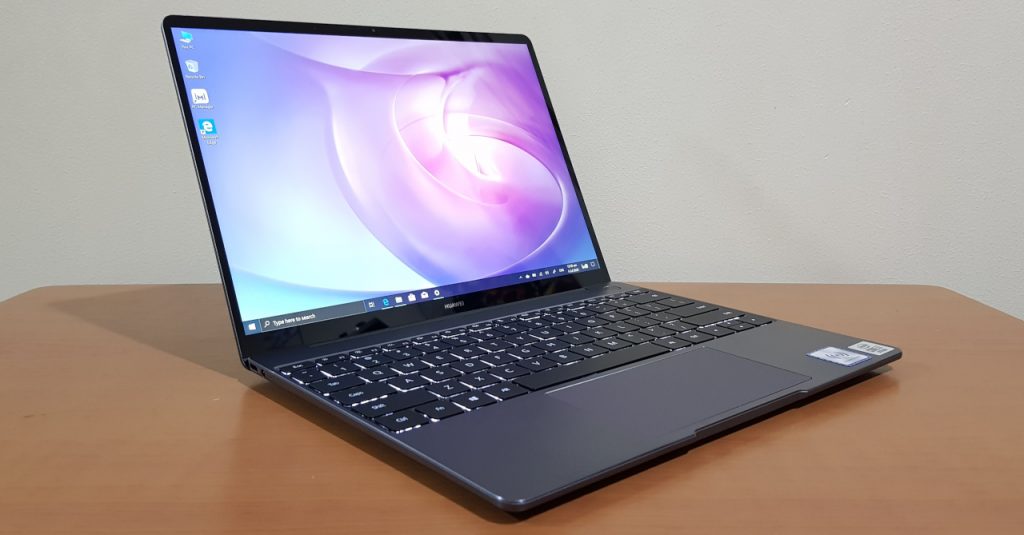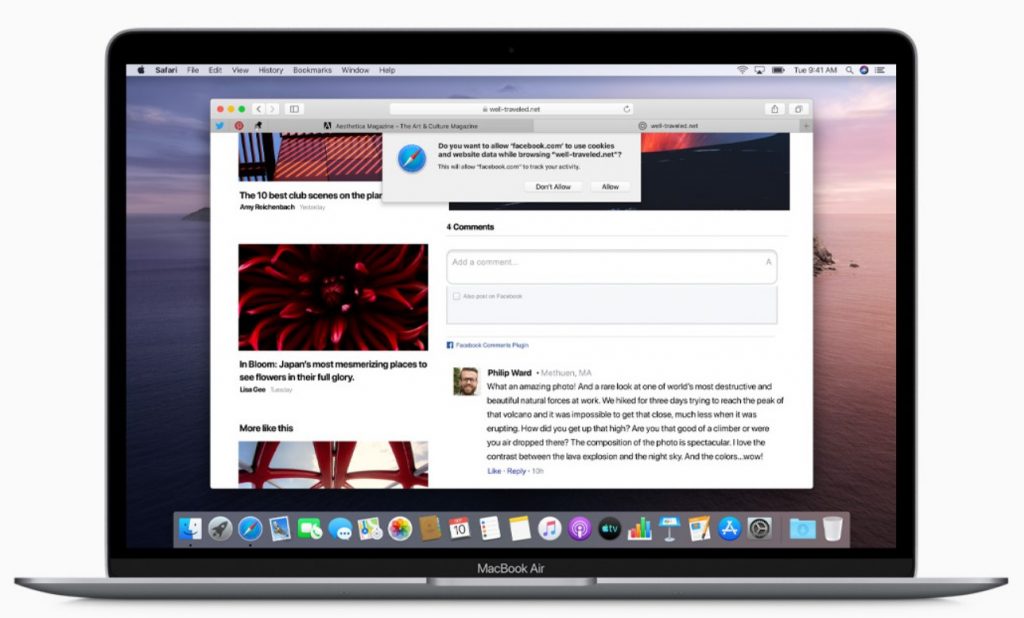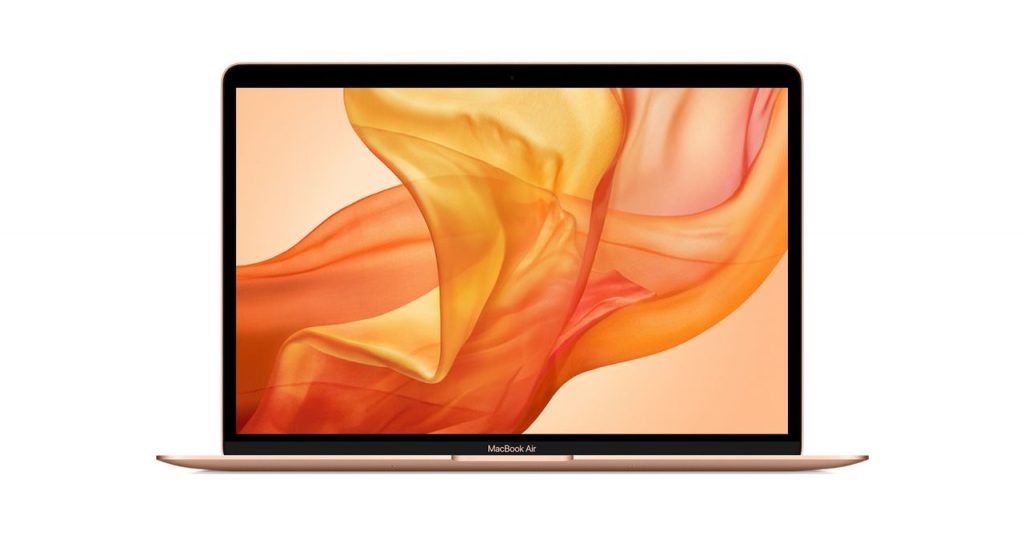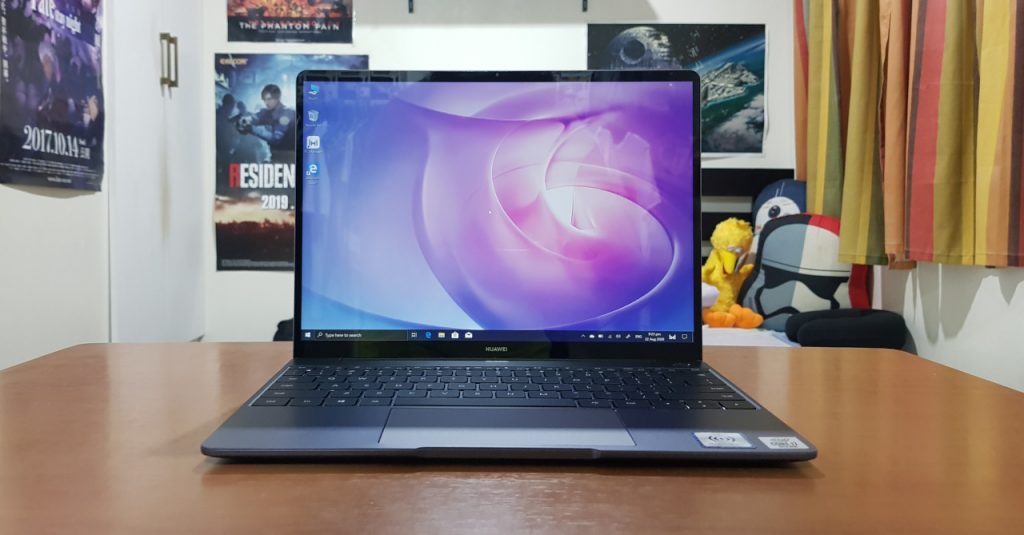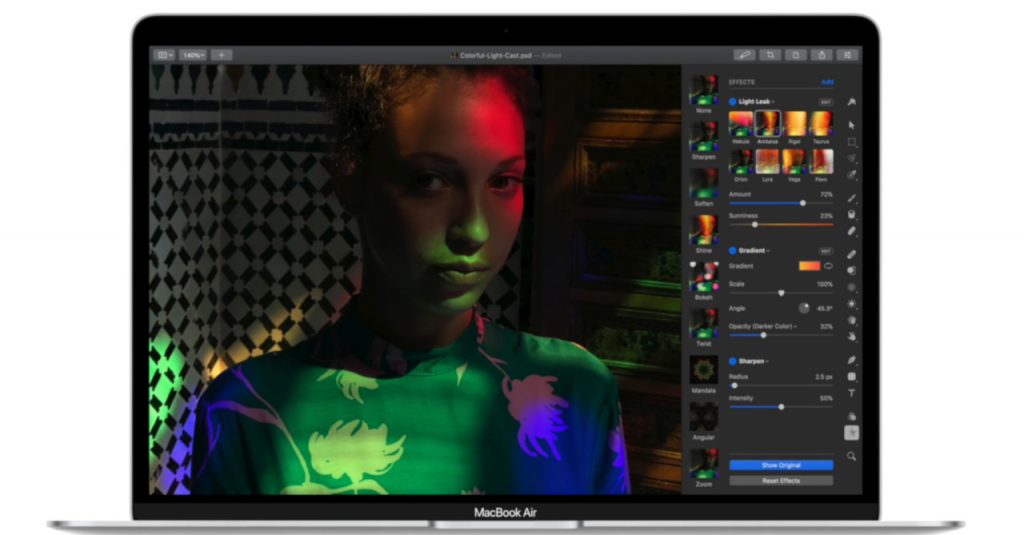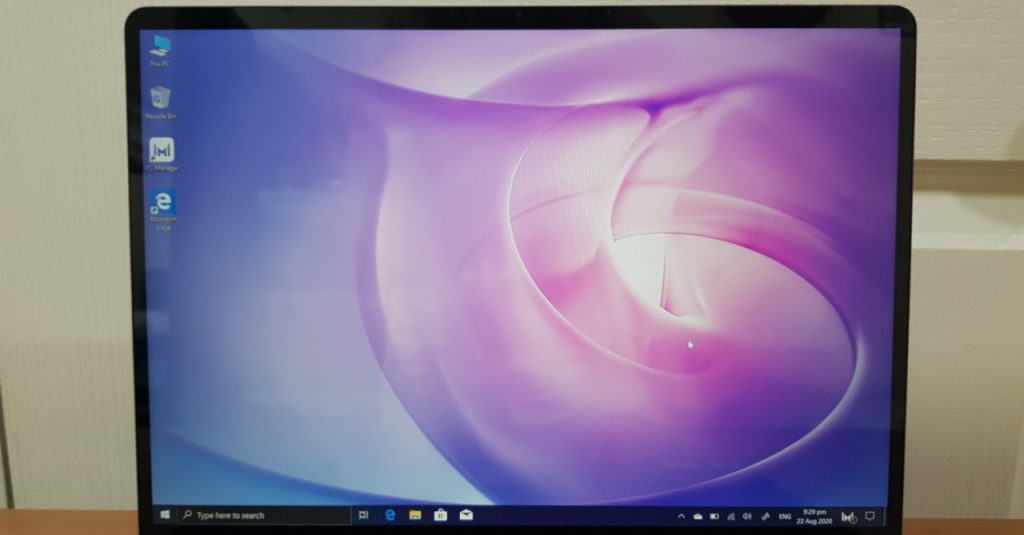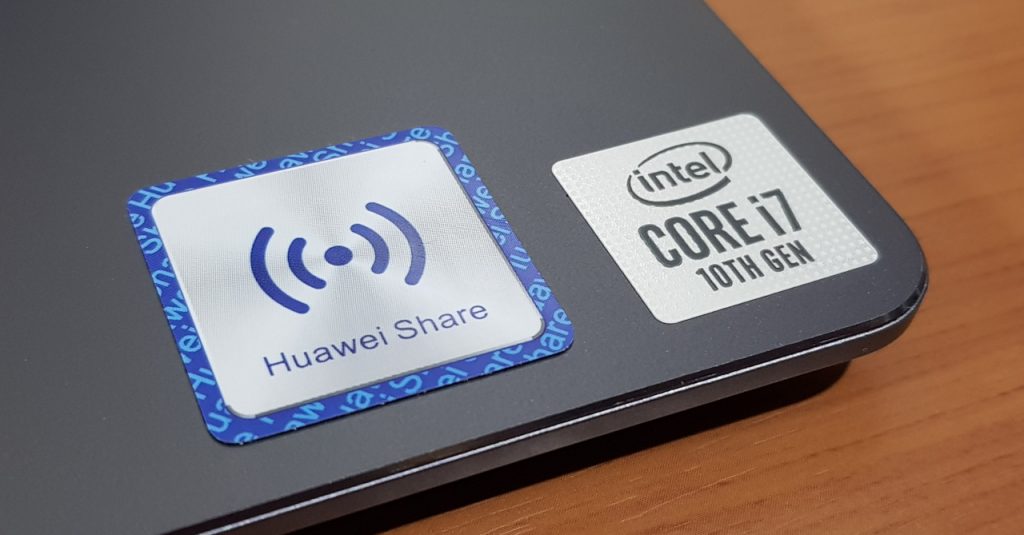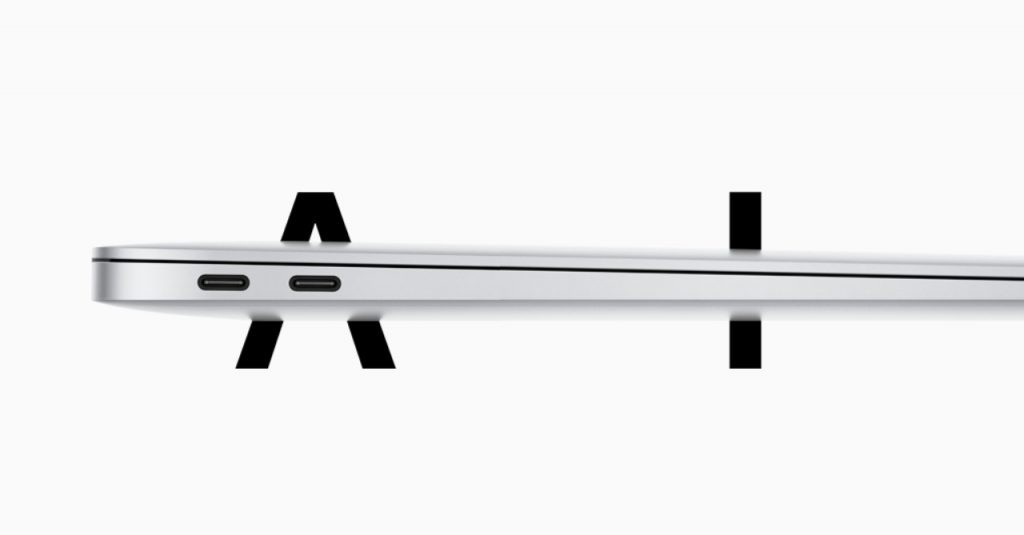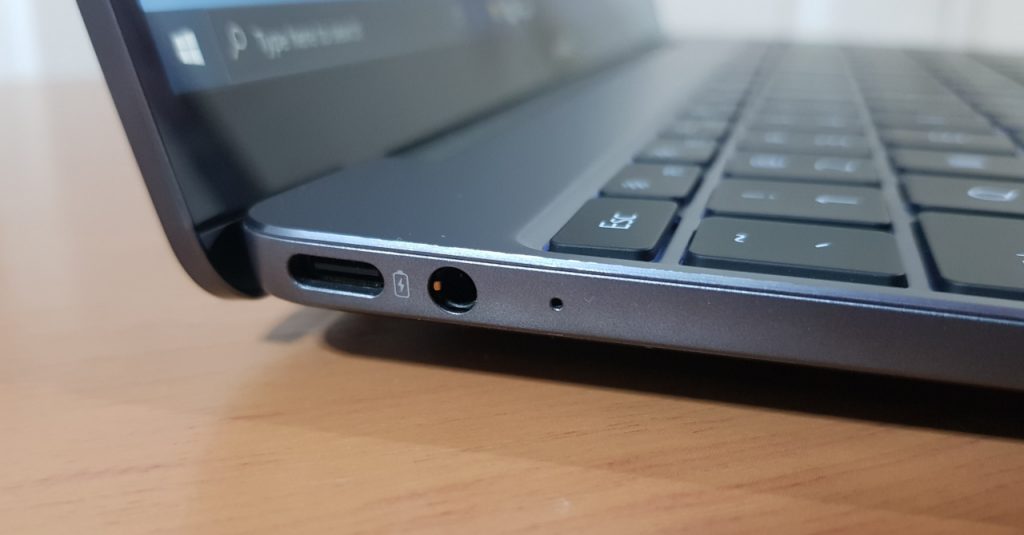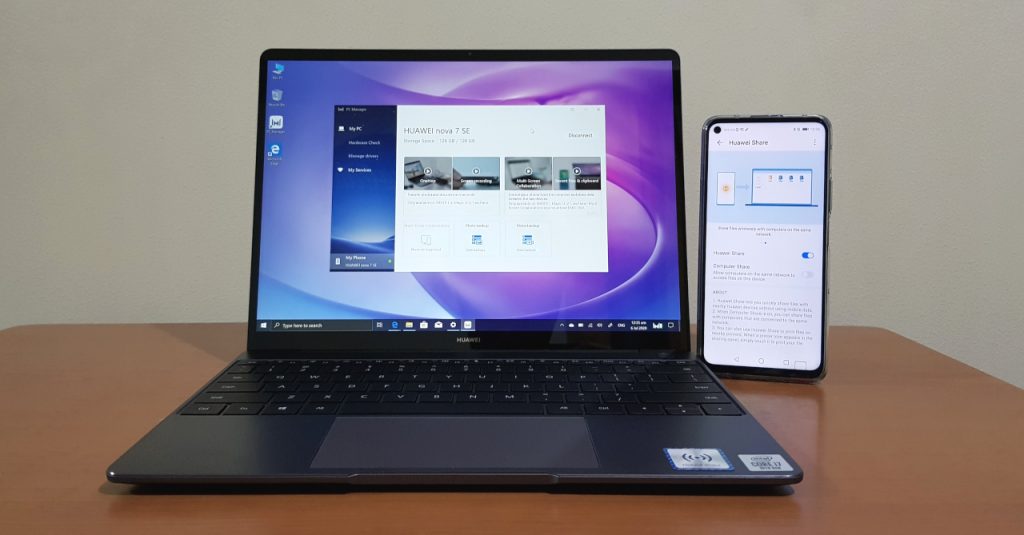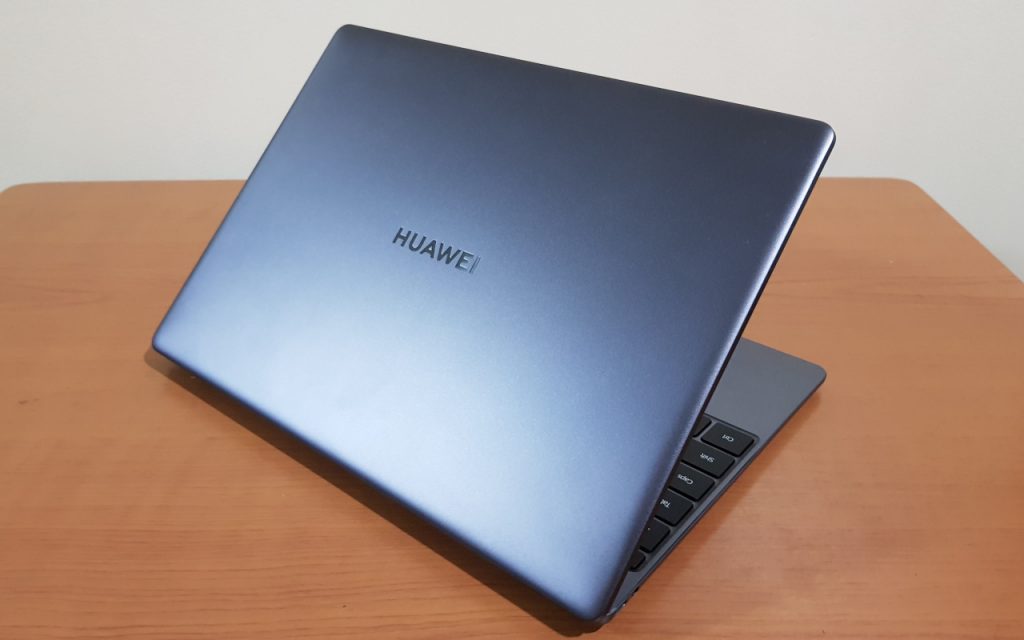The new Huawei MateBook 13 is an impressive ultrabook thanks to its winning combination of ultra-slim profile, good specs, and premium design. When it comes to ultraportable notebooks though, Apple’s Macbook Air is still considered as one of the best ultrabooks in the market currently.
In many ways, the Huawei MateBook 13 is a direct rival to the Macbook Air, with both laptops being made for ultimate portability without sacrificing performance or build quality. Because of their similarities, it can be difficult to decide which one to get if you’re in the market for a new ultrabook. With this in mind, we’re going to put the MateBook 13 and the Macbook Air in a head-to-head showdown!
For this comparison, we’re going to take a look at both laptop’s specs to see which one is the better device, as well as the better deal overall. Specifically, we’re going to compare the top-of-the-line variants of each laptop—the i7-powered MateBook 13 and the i5-powered Macbook Air (2020).
Design
In terms of looks, both the MateBook 13 and the Macbook Air have understated yet elegant designs. As looks are subjective, it’s hard to claim that one of the laptops looks better than the other. The Macbook does have a slight advantage in the looks department though which is the fact that it comes in three color options, including an elegant Gold colorway. For comparison, the MateBook 13 only has two.
While the Macbook Air has an extra color option, the MateBook 13 beats it out slightly when it comes to portability. When closed, the Macbook Air has a height of 16.1mm, while the MateBook 13’s height is only 14.9mm. The Macbook is also wider at 304.1mm compared to the MateBook 13’s 286mm width. As for weight, the Macbook Air and MateBook 13 weigh pretty much the same at 1.29kg and 1.28kg respectively.
Overall, while the Macbook Air has an extra color option, the MateBook 13 beats it out where it matters—portability.
Display
Moving on to their displays, the MateBook 13 and Macbook Air’s screens have different resolutions and aspect ratios. The MateBook 13 has a 13-inch 2160×1440 display with a 3:2 aspect ratio. Meanwhile, the Macbook Air has a 13.3-inch 2560×1600 display with a 16:10 resolution.
In terms of pixel count, the Macbook Air is the winner with its 1600p screen (compared to the MateBook’s 1440p display). On the flip side, the MateBook’s display is arguably better looking thanks to its slimmer bezels, not to mention a taller aspect ratio that makes it even better for productivity. To top it all off, the MateBook 13’s display is a Multi-Touch screen; plus, it has an eye protection feature which the Macbook Air lacks.
Performance
The top-of-the-line MateBook 13 available in the Philippines packs a 10th generation Intel Core i7, an NVIDIA MX250 GPU, and 16GB of RAM. The highest-end Macbook Air model in the country though, only packs an Intel Core i5 CPU and 8GB of RAM, with no dedicated graphics card. Because of the MacBook’s lack of a dedicated GPU, the MateBook 13 has the advantage, especially for users who may want to edit videos on their ultrabook. Thanks to the MX250 graphics card, the MateBook 13 will run various programs faster.
Battery
For its battery, the MateBook 13 packs a 41.7 Wh lithium-polymer battery that Huawei says can let the laptop last for up to 11.6 hours local 1080p video playback. Meanwhile, the Macbook Air 49.9Wh lithium‑polymer battery that Apple claims can can let the laptop play up to 12 hours Apple TV app movie on a single charge.
While battery life will vary depending on each person’s usage, the larger battery on the Macbook Air should let it last for a bit longer than the MateBook 13. Still, both ultrabooks should have great battery life overall. What to choose will likely then depend on a user’s preference.
I/O
Given how slim both the MateBook 13 and Macbook Air are, it’s no surprise that they don’t have much in the way of I/O. For instance, the Macbook Air only has two USB Type-C ports, both of which support charging, DisplayPort, Thunderbolt, and USB 3.1 Gen 2 connections. For comparison, the MateBook 13 has two USB Type-C ports, both of which support USB 3.1 Gen1 connections, though only the left port supports charging.
Based purely on the interfaces that the Macbook Air supports, Apple’s laptop is the winner in terms of I/O. But what the Macbook lacks though is a 3.5mm headphone/mic jack, which the MateBook 13 still has. Sure, the MateBook may not have Thunderbolt support, but having a 3.5mm combo jack is still a big advantage.
Aside from wired connectivity options, both laptops also pack nifty wireless connection features. The Macbook Air for example, can seamlessly connect with other Apple devices to share files. Meanwhile, the MateBook 13 can easily connect with Huawei devices via Huaewi Share. This lets users share files, as well as access features. So if you’re an existing Huawei user, the MateBook 13 will no doubt give you more convenient connectivity options.
Price
Here are the prices of the top-of-the-line MateBook 13 and Macbook Air variants:
- MateBook 13 – PHP 72,990
- Macbook Air – PHP 74,990
While only PHP 2,000 separates the prices of both laptops, the MateBook 13 is still the better deal. Even if it’s the cheaper of the two, the MateBook 13 packs a more powerful processor, more RAM, and even a dedicated GPU.
Final Verdict
Overall, the Huawei MateBook 13 is the winner in our specs comparison against the Macbook Air. While Apple’s ultraportable has some advantages, the MateBook 13 beats it out in performance, design, and bang-for-buck. Of course, for users who prefer MacOS, the Macbook Air is still a good choice. But for users who don’t have an operating system preference, the Matebook 13 is the better deal overall.
Macbook images via Apple.



